Into the 21st Century
Back to History Part 3 - The Late 20th Century
The 1999 / 2000 season was to be Peter Stallworthy’s 20th and final one. His final concert began with the Vivaldi Gloria and ended, perhaps appropriately, with the Mozart Requiem. The next decade was one of great instability for the choir, with no fewer than 6 different conductors. Several of these were young promising musicians who were keen to gain experience working with large scale resources and conducting major works.
In 2000, for the first time in their history, the choir and orchestra appointed separate conductors, Tim Knight and Richard Laing, but this did not work out in the first season, and Tim Knight (the excellent chorus master), departed. Richard Laing soon followed.
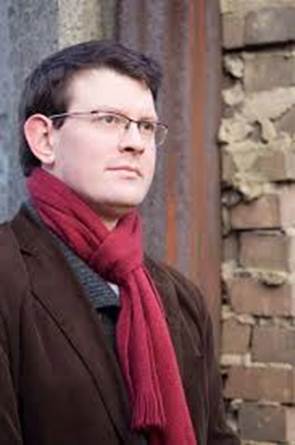
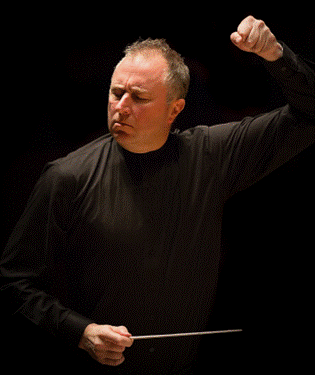
He was replaced by Philip Mackenzie who remained in post from 2001 – 2005.
Chris Gill and Courtney Lewis came and departed after one season each, and then the choir enjoyed a more stable 5 years from 2007 to 2012 under the direction of Nick Concannon Hodges (left).
The choir rarely performed The Messiah in the 1980s and 90s, but from 2003 – 2010 they sang it every December at the Colne Municipal Hall, generally using young soloists from the RNCM.
Richard Laing’s final concert was Elijah. Bacup born, St Theodore’s educated, Sean Ruane was the tenor. Just 4 years later he was leading the celebrations with the England cricket team after they regained The Ashes, singing “Jerusalem” on an open topped bus in Trafalgar Square, and he soon became the operatic voice of English cricket.
6 months later, the new conductor, Philip Mackenzie, conducted Dvorak’s Stabat Mater.
The following year he conducted The Messiah at the Mechanics, and it was repeated every year at Colne for the rest of the decade. The challenging Sea Symphony was also performed under Philip Mackenzie, also The St John Passion and the choir’s first ever performance of the joyful St Cecilia Mass by Gounod.
For his final concert, Philip Mackenzie and the committee programmed the Missa Solemnis, by Beethoven, for a second time.
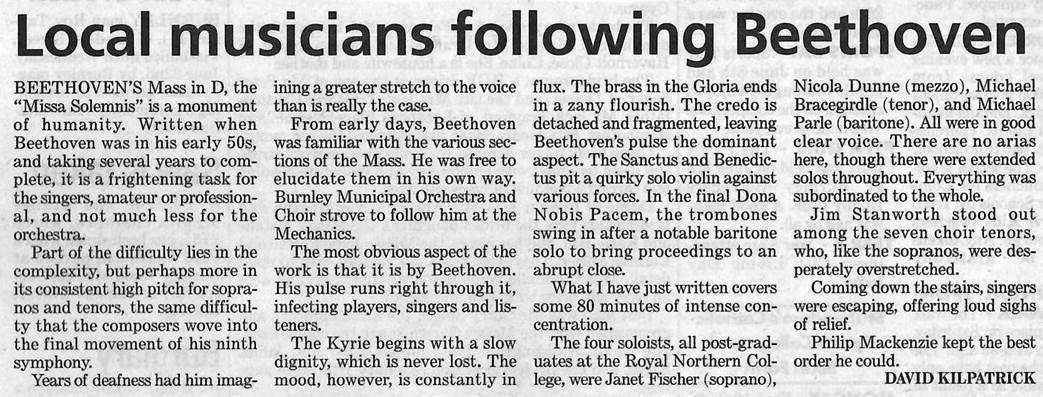
The final few paragraphs of the Burnley Express review give some indication of why this work is so rarely tackled by amateur choirs.
To start the 2005–6 season, it was Elijah again, this time under Chris Gill. The choir was augmented by members of the Preston Cecilian Choir.
The following spring the choir was joined by over 30 members of the Nelson and Colne College Choir for Carmina Burana.
Courtney Lewis was appointed for the 2006–7 season, which included The Creation and the choir’s first performance of Rossini’s spectacular operatic Stabat Mater.
Nick Concannon Hodges’ first concert, in November 2007, was a delightful mixture of twentieth century works, Fauré’s Requiem, Poulenc’s Gloria and the Five Mystical Songs by Vaughan-Williams.
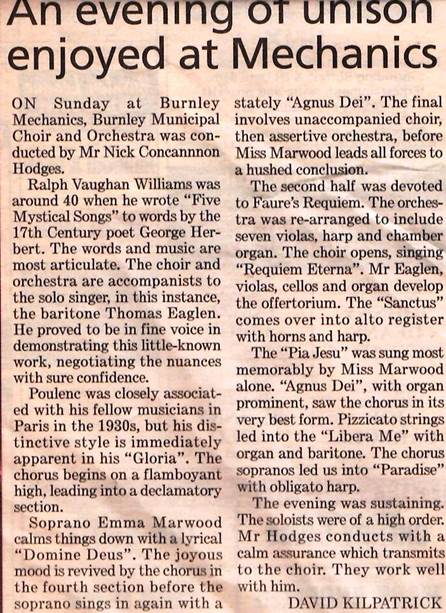
The programme included a tribute to former accompanist Kenneth Healey, who had recently passed away.
Two more “new” works entered the choir’s repertoire in 2009. The cantata Calm Sea and Prosperous Voyage by Beethoven and Puccini’s tuneful student work – the Messa di Gloria. Then in 2010 the choir performed The Armed Man by Karl Jenkins for the first time, but choir numbers were becoming alarmingly low, with sometimes as few as 30 members at rehearsals.
Despite this, two “big” works were programmed for the autumn concert, Bruckner’s Te Deum, and Mendelssohn’s Hymn of Praise, but the choir was small at the concert with only 15 sopranos, 11 altos, 8 tenors and 6 basses.
From 2010 to 2020
In 2010 John and Judith David stepped down as Chairman and Secretary, and Brian Dobson became Chairman.
The choir decided to hold concerts at St Peter’s because the Mechanics was proving very expensive and the choir was struggling financially. The choir was at a low ebb. Numbers at rehearsals were sometimes down in the low 30s, but the choir gradually began to rebuild.
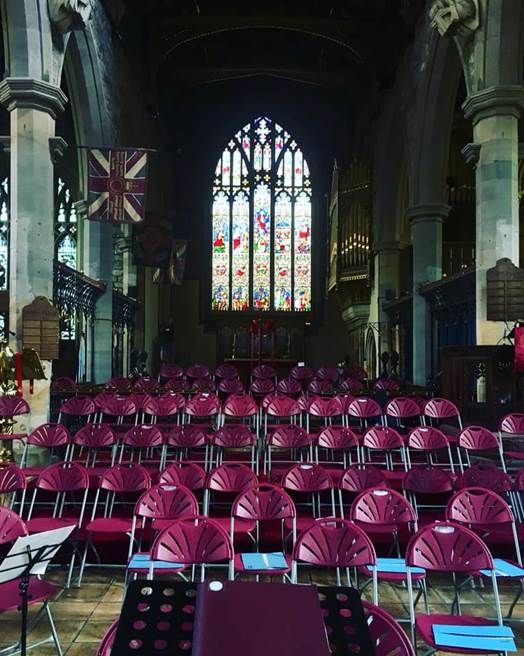
Unfortunately, Nick Conncannon Hodges gave up the choir to concentrate on the orchestra only, but a young talented chorus master Tom Stockwell was appointed to prepare the choir for concerts, which Nick continued to conduct. Then Tom Stockwell moved on, and Peter Morrison became Chorus Master. Paul Greenhalgh was appointed accompanist. Nick Concannon Hodges resigned completely in 2012.
At this point, the orchestra appointed Frank Lennon as conductor, and it was hoped that Peter Morrison would act as his chorus master. This was an unsatisfactory arrangement however, and in the autumn of 2012, the choir committee asked Nigel Wilkinson if he would come in as “Guest Conductor” for a performance of the Rossini Petite Messe Sollennelle. This was a success, and the same arrangement continued for the following season, with Nigel and Peter Morrison sharing the rehearsals. Then in 2014 Peter Morrison resigned, and as Nigel had semi-retired from his full-time post in education,he agreed to be the choir’s new Director of Music.
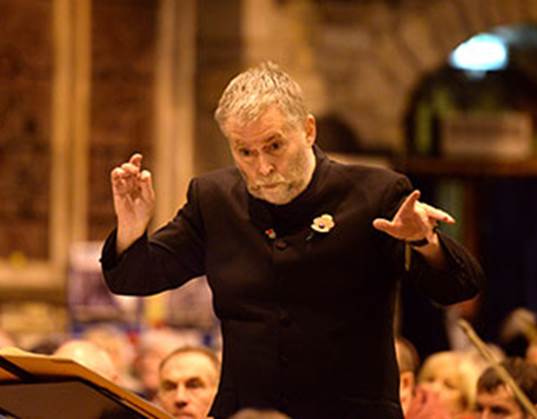
Nigel Wilkinson was born locally, and had been MD for the Gilbert and Sullivan Society and the Light Opera back in the late 70s, 80s and 90s. He is married to the popular local mezzo soprano Kathleen Wilkinson, who has enjoyed a significant international operatic career.
He had been the conductor of Oldham Choral Society since 1998, and continues to hold both posts to this day. He is currently also choirmaster and organist at St John’s Worsthorne and organist at St John the Divine, Cliviger.
The choir improved significantly over the next few years, due to the ambition, strategic planning and hard work of the committee. There was a focus on continuous development and improvement. Nigel’s musical skills, experience and enthusiasm complimented this perfectly.
Numbers increased year on year, morale improved considerably and musical standards rose.
Kathleen Wilkinson was a regular soloist and, through her professional contacts, helped the choir to engage soloists of a quality that had not generally been heard in Burnley for many years.
Linda Richardson, one of the country’s top sopranos, has sung several times with the choir. Other soloists have included sopranos: Camilla Roberts, Natasha Jouhl and Rachel Luxon-Robinson; tenors: Amar Mucchala and Nick Sales, and baritones: James Cleverton, Thomas D. Hopkinson, Piotr Lempa, Donald Maxwell, Dean Robinson, and Henry Waddington.
See below, four of our most popular soloists in their work clothes!
Linda Richardson, Kathleen Wilkinson, Donald Maxwell and Henry Waddington
Can you identify the operas and characters?
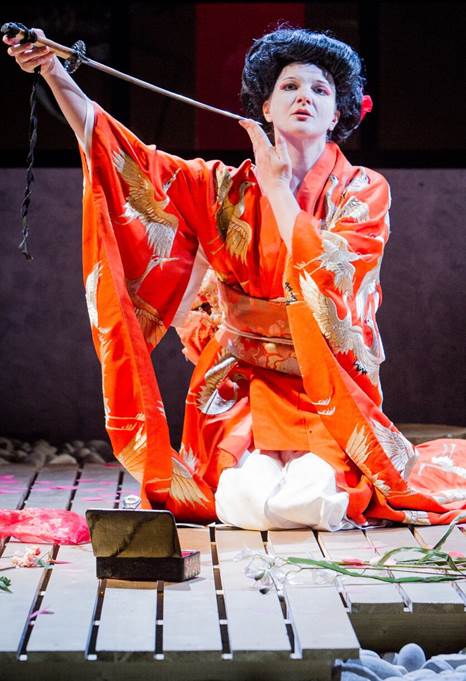
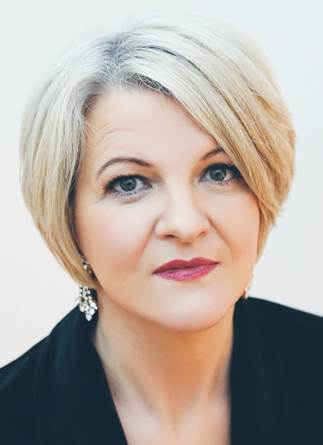
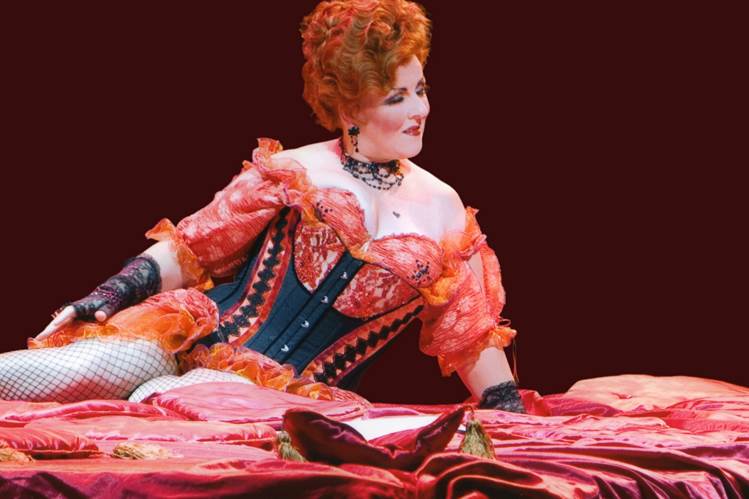
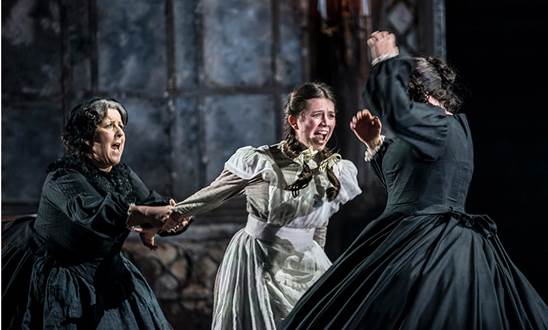
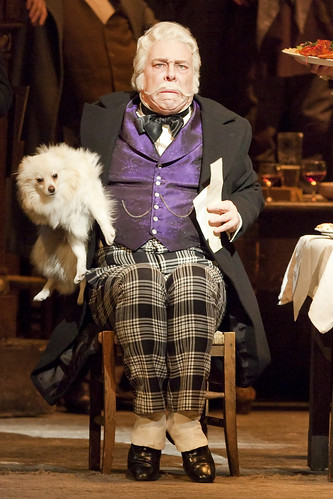

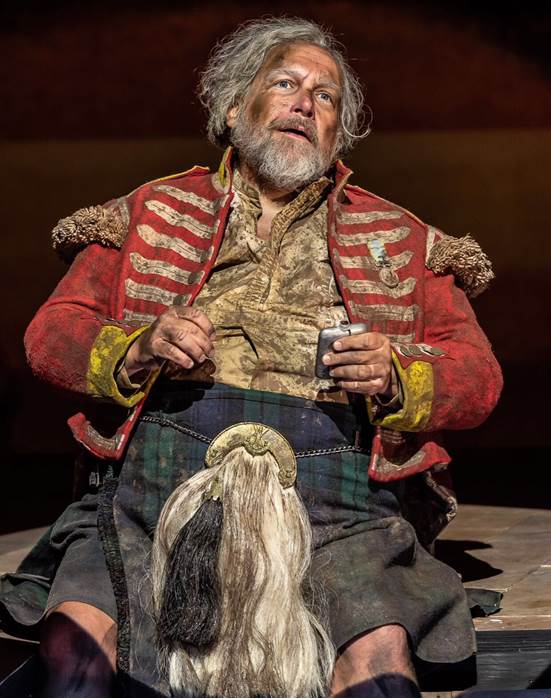
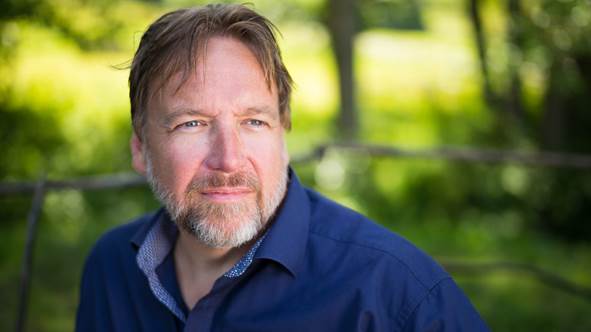
By this time the choir and orchestra had different conductors, entirely different committees, and had started to operate independently. Even finding dates on which they could perform together was proving difficult, and eventually it was decided to draw a line in the sand and for them to amicably go their own separate ways.
Orchestral accompaniment is now provided by the East Lancs Sinfonia, which was formed by Nigel Wilkinson in 2000 to accompany choral concerts. It consists mainly of freelance professional players, with some top amateurs, who play to a high standard. Some of them travel from far afield. Many of them are members of the National Festival Orchestra, whose leader Sally Robinson has worked with Nigel in this capacity for over 20 years, and she has generally been the leader of the orchestra for our concerts.
Of course, this has made concerts more expensive, but fundraising has become an important and enjoyable aspect of choir life and the choir now has many generous sponsors and patrons.
Carol singing has been a source of both enjoyment and welcome income over the past decade.

By 2019 choir numbers had risen to above 80, and it was felt that the choir should try out a larger venue. (St.Peter’s was quite limited in capacity and facilities for both singers and the growing audience).
The autumn concert, a new venture for the choir, a Gilbert and Sullivan Gala Evening was held at the Life Church on Sycamore Avenue. It was a great success and attracted the choir’s largest audience for many years. There were 85 in the choir, and an excellent line-up of soloists, who were all well practised in the unique G & S style and performed from memory. The inimitable Donald Maxwell was the narrator and sang several roles including the “patter” parts.
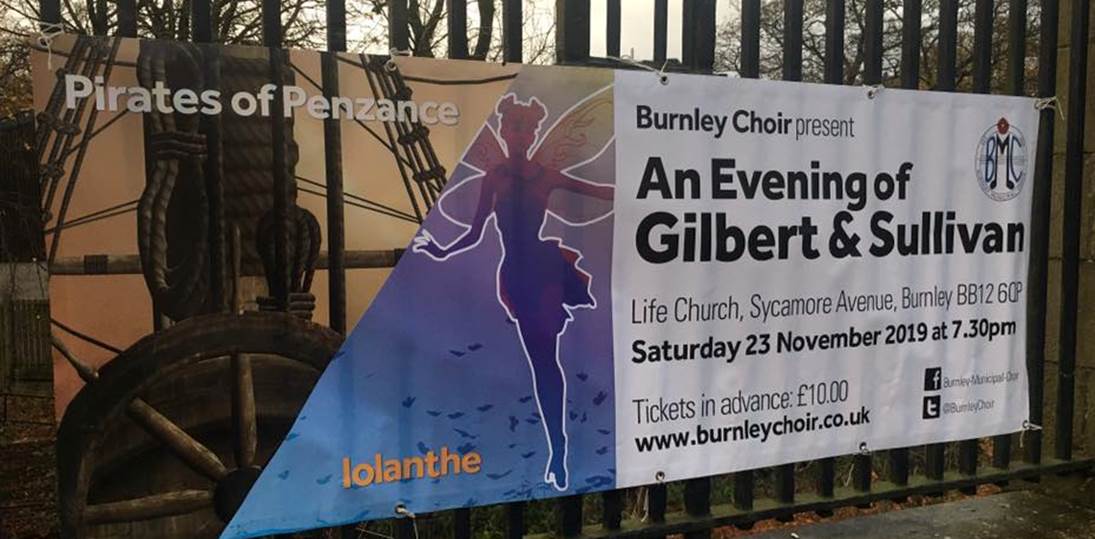
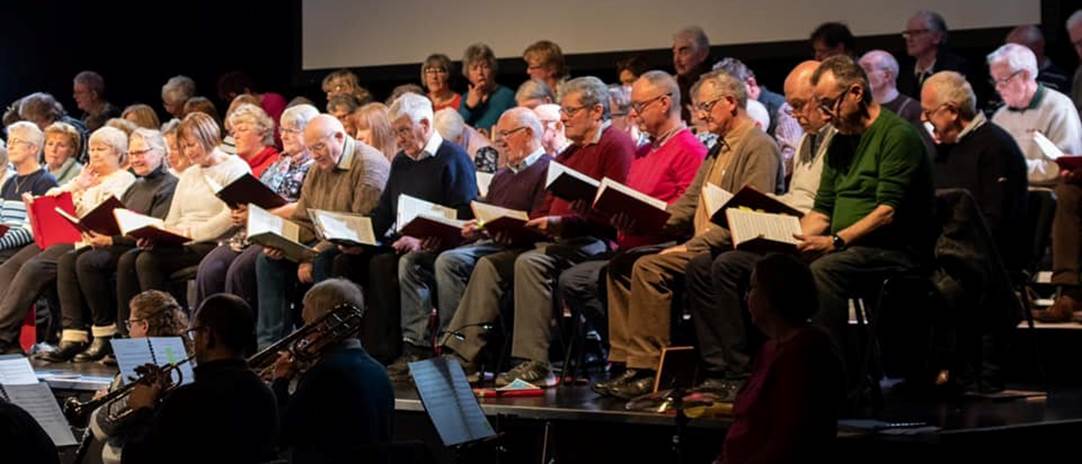
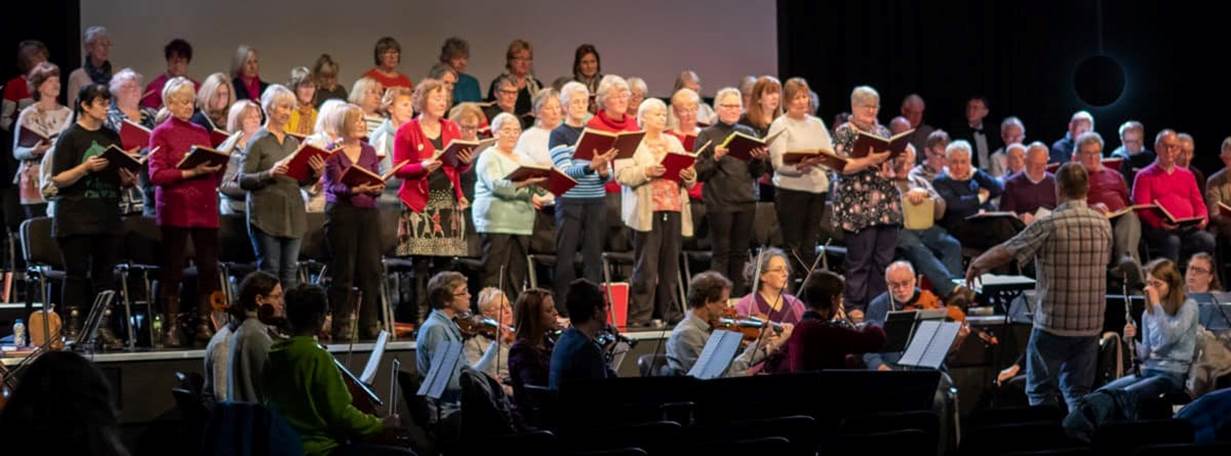
The final rehearsal for our G & S Gala on November 23rd 2019 at The Life Church.
The choir didn't manage to celebrate its centenary in 2020 because of the Covid 19 pandemic. The choir didn't perform again until autumn 2021.
This Centenary Archive has been compiled by Nigel Wilkinson from the following sources:
* The note book and complete programme collection of a Mr. W.R. Smith of 40 Moorland Rd Burnley, who sang tenor with the choir from its first rehearsal in 1920 up until March 1952, and recorded the details of every concert. He also made a chronological list of soloists and works performed, along with a list of the choir annual “outings”. Whether he was the official archivist or whether it was just his own private archive is not known.
* Articles in the Burnley Express from 1920 up until 1954 that can be accessed in The National Newspaper Archive.
* A relatively small choir archive that covers most concerts and events in the 1970s, and some from the 1960s.
* The programme collection, press cuttings and memories of Amy Whalley.
* Choir minutes from 1980 – 83.
* A significant archive of photographs, programmes, music scores, artefacts and two “scrapbooks” currently in the possession of Susan Boardwell (George Altham’s daughter).
We are very grateful to Susan for making these unique and treasured items available to us.
* And various other sources on the worldwide web.
We are grateful to all who have contributed in any way.
We would be delighted to hear from anyone who notices any unintentional errors that need to be corrected, or can furnish us with any additional archive material.
We are particularly looking for programmes / press articles from 1956 to 1965, and from 1978 – 85.


